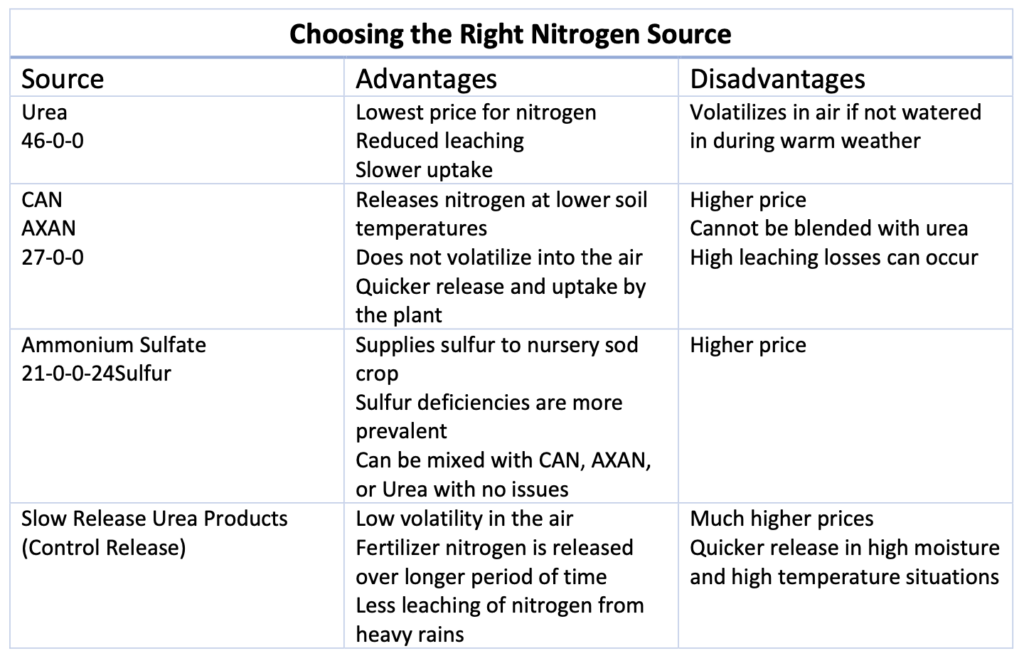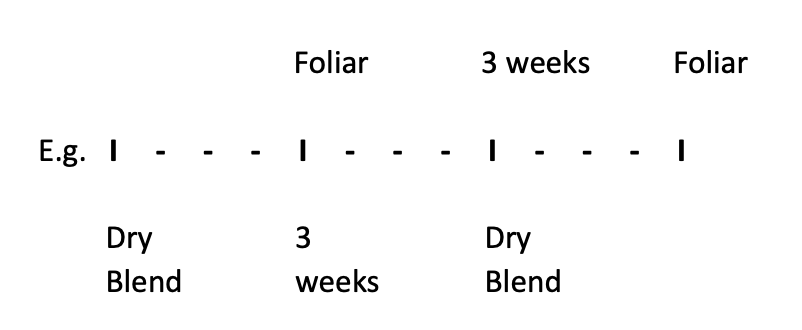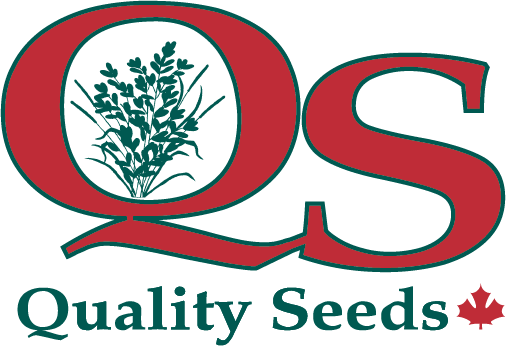Serious About Sod – Spring 2021

1. Choosing the Right Nitrogen Source
2. Choosing the Right Potassium Source
3. What is a Good Fertilizer Blend for Most of the Growing Season?
4. How to Produce Harvestable One-Year-Old Sod
5. Spring Checklist of Things to Watch For
1. Choosing the Right Nitrogen Source
I received many phone calls this spring asking about the right nitrogen source to use. For rapid green-up in the early spring when the soils are cold, AXAN and CAN are the nitrogen sources of choice. For the majority of the growing season, Urea is the preferred source of nitrogen based on a lower price per pound. However, during the warm summer months of June, July, and August, Urea should only be spread just before an irrigation or rainfall event.
Ammonium sulfate can be added to urea or a fertilizer blend where sulfur is required or recommended. Slow-release nitrogen probably has the best fit when applied in the late fall on sod fields that are to be harvested first thing in the following spring, especially in fields that would be too wet to spread nitrogen 3 weeks ahead of harvest.


2. Choosing the Right Potassium Source
When choosing a source of potassium in a general blend for nursery sod, the following questions need to be asked:
1. Do I need to add sulfur to the fertilizer blend? The choices are either KMag or potassium sulfate.
2. Do I need magnesium in the fertilizer blend? Then the best choice is KMag.
3. Do I need boron in the fertilizer blend? Then the best choices is Aspire to get the best boron
distribution as a broadcast on nursery sod.


3. What is a Good Fertilizer Blend for Most of the Growing Season?
In the past, I had formulated a blend with the following analysis: 23-2-14-1.5Magnesium-0.3Zinc- 0.1Boron, applied at a rate of 200-240 lbs/ac every 5-6 weeks. A ratio of 3:2 for nitrogen to potassium is desirable. Adding some manganese in a fertilizer blend would be beneficial, especially in soils with a low to medium manganese soil test level. Manganese is important in lateral root development and will help improve sod strength.
Some farm dealers carry a consolidated fertilizer mix that contains both secondary and micronutrients in each granule. This type of fertilizer when added into the blend will increase the uniformity of distribution of these nutrients when applied on a nursery sod field.
4. How to Produce Harvestable One-Year-Old Sod
It is evident that in some areas there will be a sod shortage this year. Over the years a fertility program has been developed that has shown to be effective in the harvest of one-year-old sod. The following is the program that I am recommending:
a) Dry Blend Fertilizer:
- 30 lbs/acre of nitrogen (75 lbs/acre Urea)
- 15 lbs/acre of potassium (25 lbs/ Muriate of Potash or Aspire)
- 3 lbs/acre of magnesium (25 lbs/acre of KMag)
- 0.25 lb/acre of zinc (25 lbs of MESZ)
The rate of fertilizer to be applied is 150 lbs/acre and repeat every 3 weeks.
b)After another 10-11 days, apply 0.67 L/acre of TruPhos Platinum as a foliar spray and repeat every 3 weeks in between each granular application.
c)Keep repeating (a) and (b) above every 3 weeks, up to 2 weeks before harvest.


Time span between dry fertilizer applications is 3 weeks. The time span between foliar sprays of TruPhos Platinum is also 3 weeks.
Substitute TruPhos Platinum with Terra Drive at 1.0 L/acre for the last foliar application.
d) This program should be started in the spring as soon as conditions permit starting with the dry blend fertilizer application.
5. Spring Checklist of Things to Watch For
Grubs and Leatherjackets
Where these two pests are found, imidichloprid or chlorantraniliprole are registered for control. I would strongly advise the use of a water conditioner and pH adjuster to overcome various spray water problems that can have a negative effect on these insecticides. I would recommend the use of Disclose pH. Please note that the new insecticide Acelepryn (Chlorantraniliprole) is registered for grub control.
Weeds
Once grass begins to actively grow, check all sod fields for broadleaf weeds and undesirable grasses. Again, the use of Disclose pH water conditioner and pH adjuster will optimize the performance of the herbicides used. When applying an herbicide, Terra Drive can be safely added with 3 Way or other phenoxy- herbicides.
Winter Injury
Where sod appears to be weak or winter-injured, in order to help re-root and overcome winter injury, either 1 L/acre of Terra Drive or 0.67 L/acre of TruPhos Platinum should be applied once the sod begins to green up.
Compaction
By the end of May, all sod fields should be checked for compaction, and aeration should be done on fields that are compacted.
